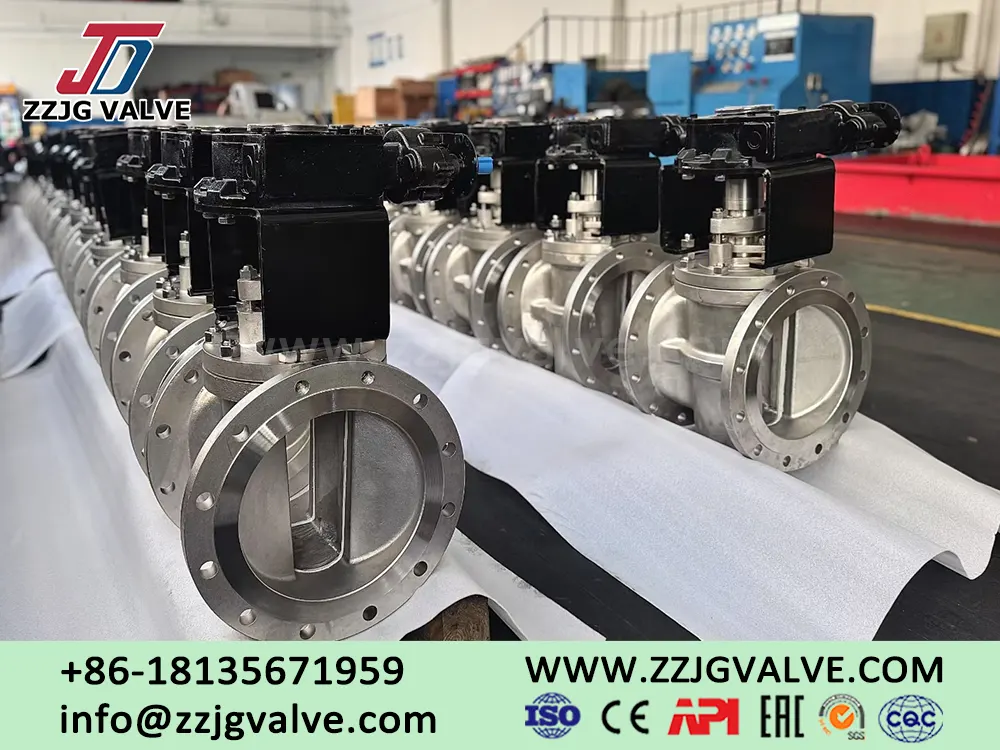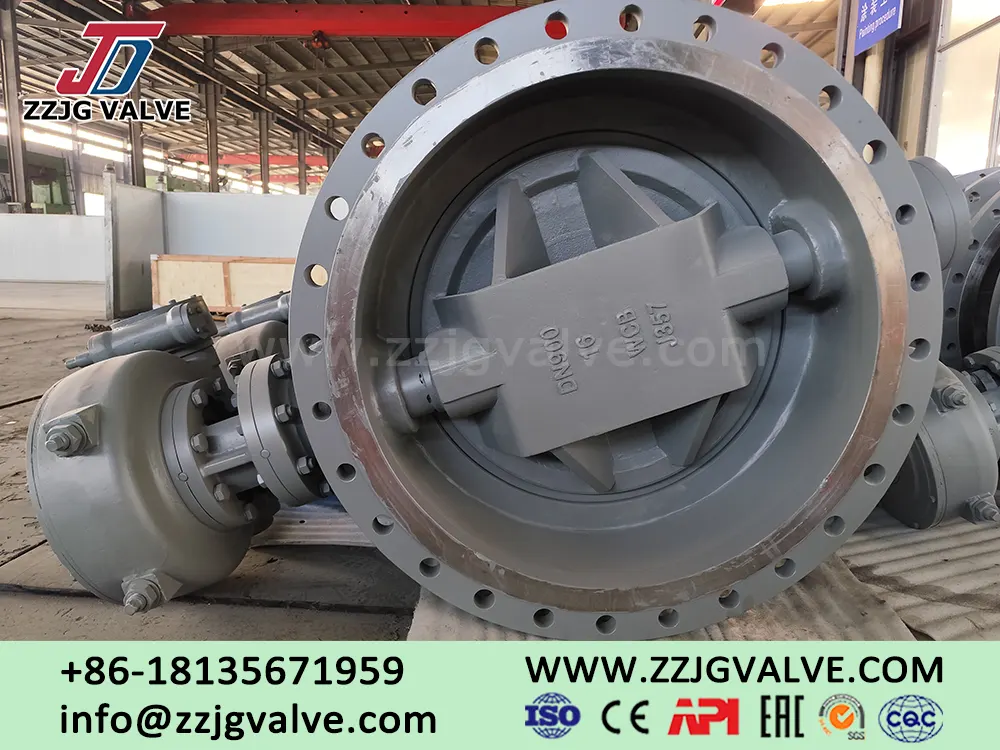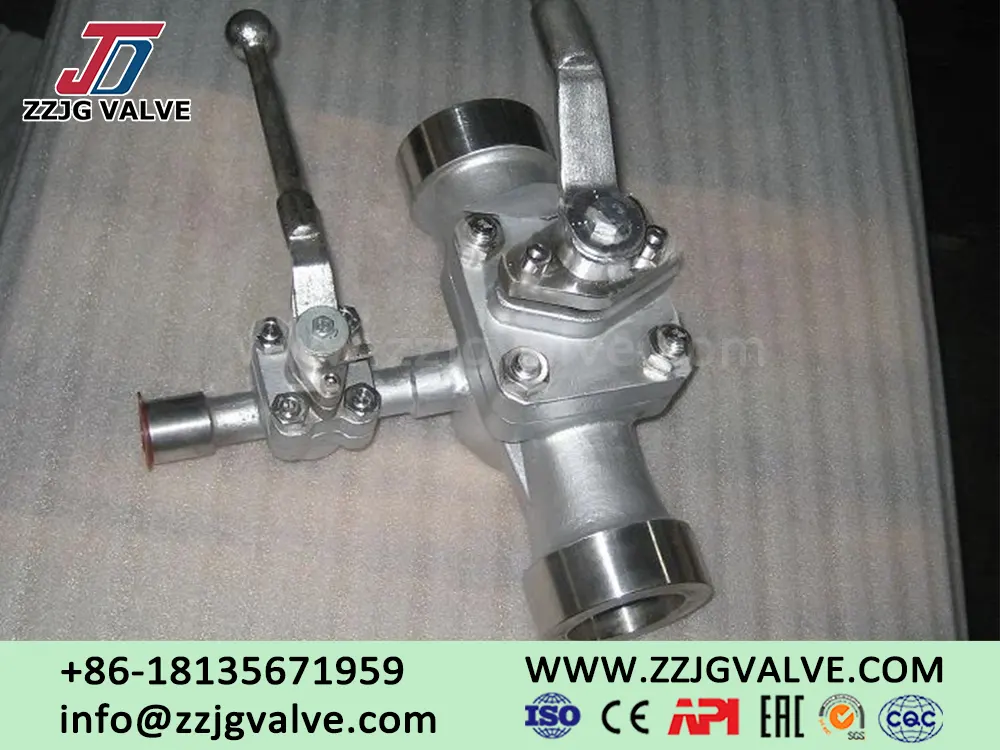Fluorine-lined Plug Valves VS Soft-sealed Plug Valves
In industrial production, valves are like the "switches" of fluid pipelines, controlling the flow of various liquids and gases. Among them, fluorine-lined plug valves and soft-sealed plug valves are two common types of valves, each with it own characteristics and suitable for different working environments. This article will use plain and understandable language to make a detailed comparison of performance of these two types of valves and analyze their practical application scenarios, helping everyone make a more suitable choice when selecting the type.
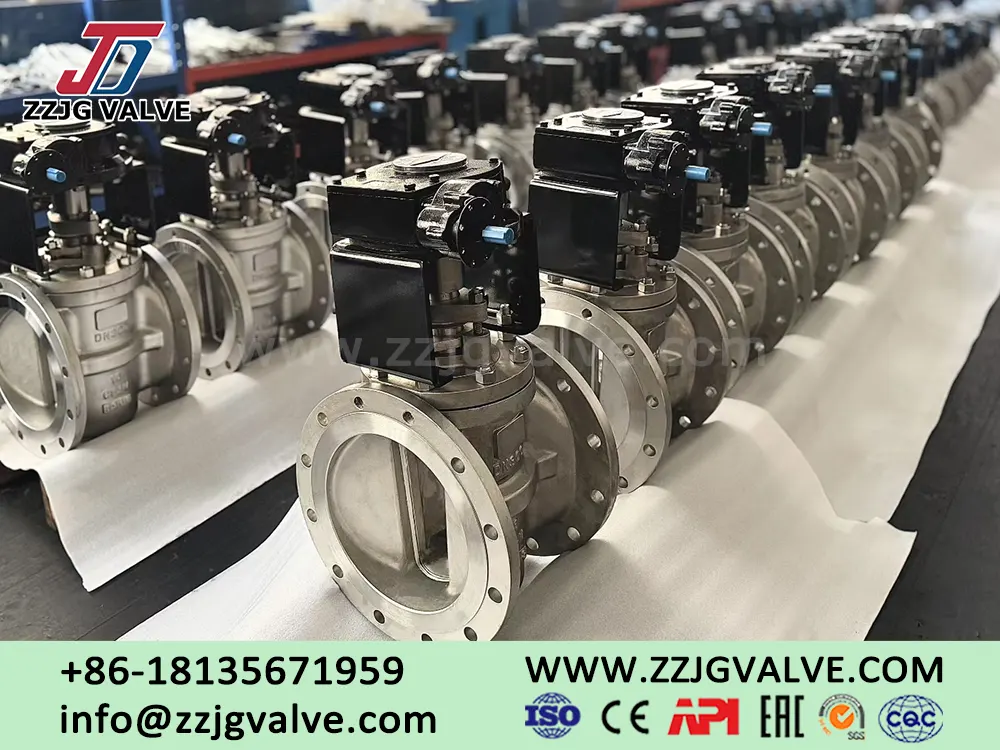
1. Understanding Two types of valves
(1) Fluorine-lined plug valve
Fluorine-lined plug valves can be regarded as a kind of "anti-corrosion expert". The internal parts of it that come into contact with the fluid are all covered with a layer of fluoroplastic. This material has excellent corrosion resistance and can resist the erosion of various strong acids and alkalis.
According to the different lining materials, fluorine-lined plug valves are mainly divided into several types: PFA-lined type has good temperature resistance, FEP-lined type has strong anti-permeability,PTFE-lined type is the most common type. They are like putting on a "protective suit" for the valves, and are particularly suitable for use in industries with high requirements for handling corrosive media, such as chemical engineering, pharmaceuticals, and electronics.
(2) Soft-sealed plug valve
The soft-sealed plug valve adopts a design concept of "combining rigidity and flexibility" - the metal valve body provides structural strength, while the high-molecular material bushing is responsible for sealing. Its sealing principle is very ingenious: it achieves sealing by the elastic deformation of the soft bushing, which closely adheres to the metal part.
The commonly use bushing materials for this type of valve include PTFE, F46, PVDF, etc. These materials are not only corrosion-resistant but also have a self-lubricating effect, making the valve easy and effortless to open and close. It's like adding a "soft gasket" to the valve, which not only ensures the sealing effect but also reduces the operational resistance.
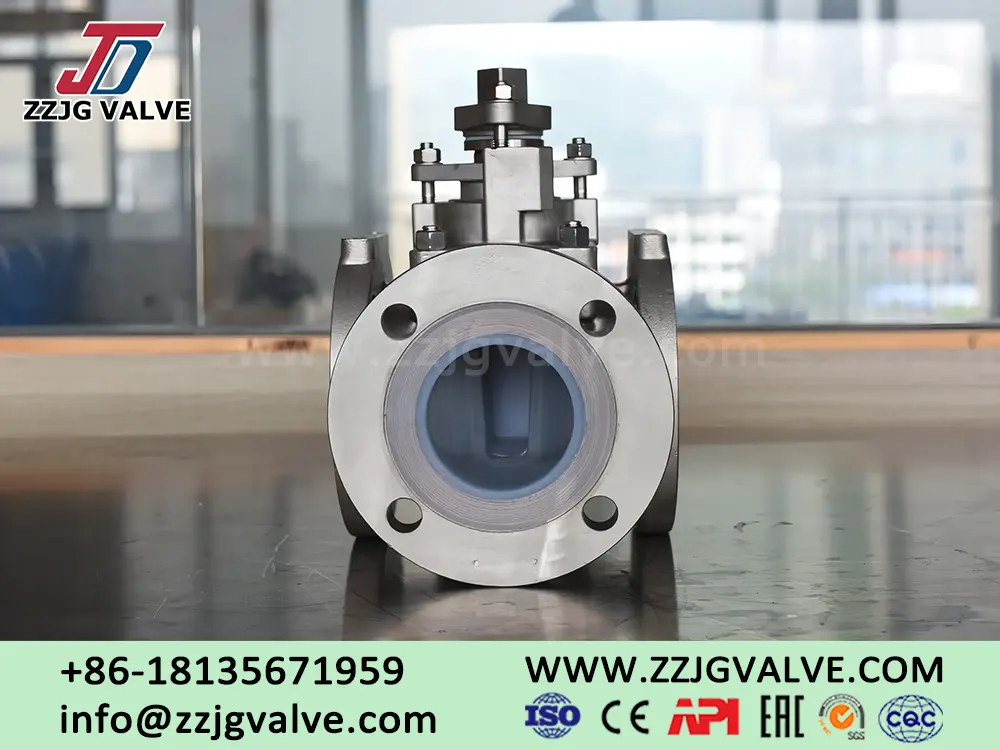
2. Comprehensive Performance Comparison
(1) Corrosion resistance
Fluorine-lined plug valves can be said to be the "champion" in terms of corrosion resistance. Fluoroplastics hardly undergo chemical reactions with other substances and can easily handle strong corrosive media such as aqua regia and hydrofluoric acid. It is an irreplaceable choice when dealing with highly corrosive and high-purity chemicals.
Although soft-sealed plug valves also have a certain degree of corrosion resistance, due to the exposure of metal parts to the medium, they may "struggle" when facing extremely corrosive environments. However, through the rational selection of bushing materials and optimized design, it can meet the demands of most ordinary industrial scenarios.
(2) Sealing effect
In competition of sealing performance, soft-sealed plug valves perform more outstanding. Its soft bushing can closely adhere to the metal parts, achieving an almost zero-leakage sealing effect, and maintaining a good sealing state even under very low pressure.
In addition, the soft-sealed plug valve has a very practical "self-cleaning" function - during the opening and closing process, the deformation of the bushing can scrape off the particles that may adhere to the sealing surface, preventing blockage and extending the service life.
The sealing performance of fluorine-lined plug valves is relative weaker, mainly because fluoroplastics have poor elasticity. When encountering media containing solid particles, the sealing surface is prone to wear. However, this problem can be alleviated to a certain extent by adopting improvement measures such as hard alloy valve cores.
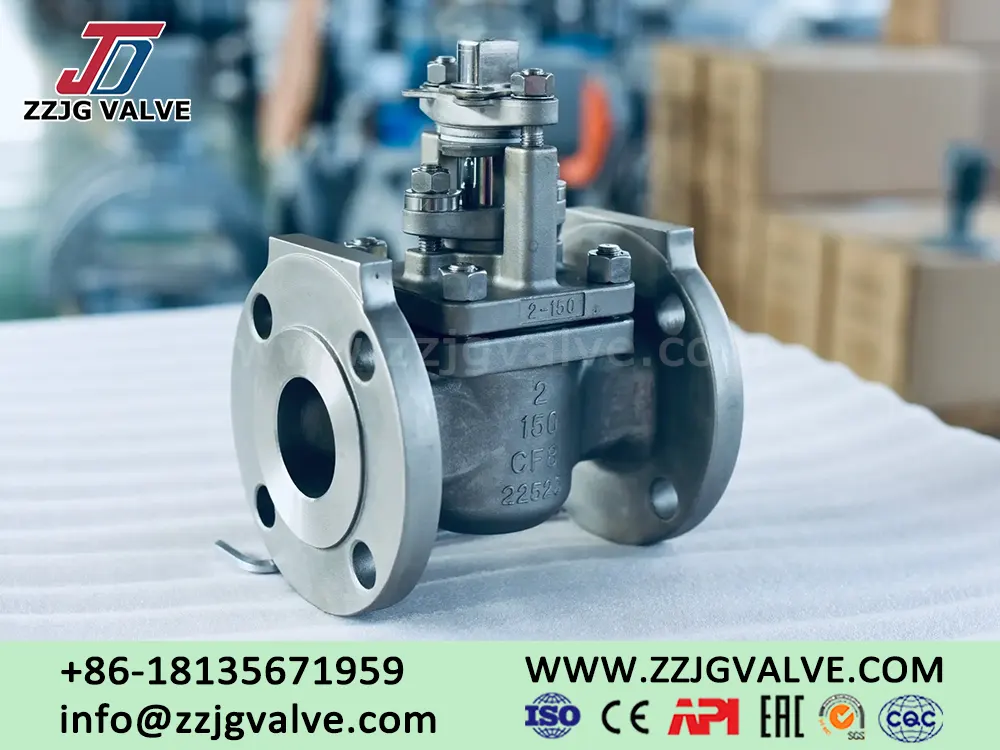
(3) Temperature adaptation range
The temperature resistance of a fluorine-lined plug valve mainly depends on its "protective suit" - the lining material. PFA linings can withstand temperatures around 200℃, FEP linings approximately 150℃, and PTFE linings around 120℃. However, it should be noted that the actual operating temperature is usually lower than these values because the overall structural load-bearing capacity of the valve also needs to be taken into consideration.
Temperature adaptability range of soft-sealed plug valves is relatively wide, generally between -20℃ and 180℃, covering most industrial application scenarios. Although its soft bushing may undergo slight deformation at high temperatures, this problem has been well solved through the optimization of material formula and structural design.
(4) Pressure tolerance
Soft-sealed plug valves are "pressure-bearing experts", typically capable of withstanding working pressures ranging from PN10 to PN25 (approximately 1.0-2.5MPa), which enables them to handle medium and high-pressure systems with ease.
In contrast, due to structural and material limitations, the pressure-bearing capacity of fluorine-lined plug valves is relatively low, generally not exceeding 1.6MPa. However, through structural reinforcement and material improvement, the new generation of fluorine-lined valves has been able to adapt to working environments with higher pressure.
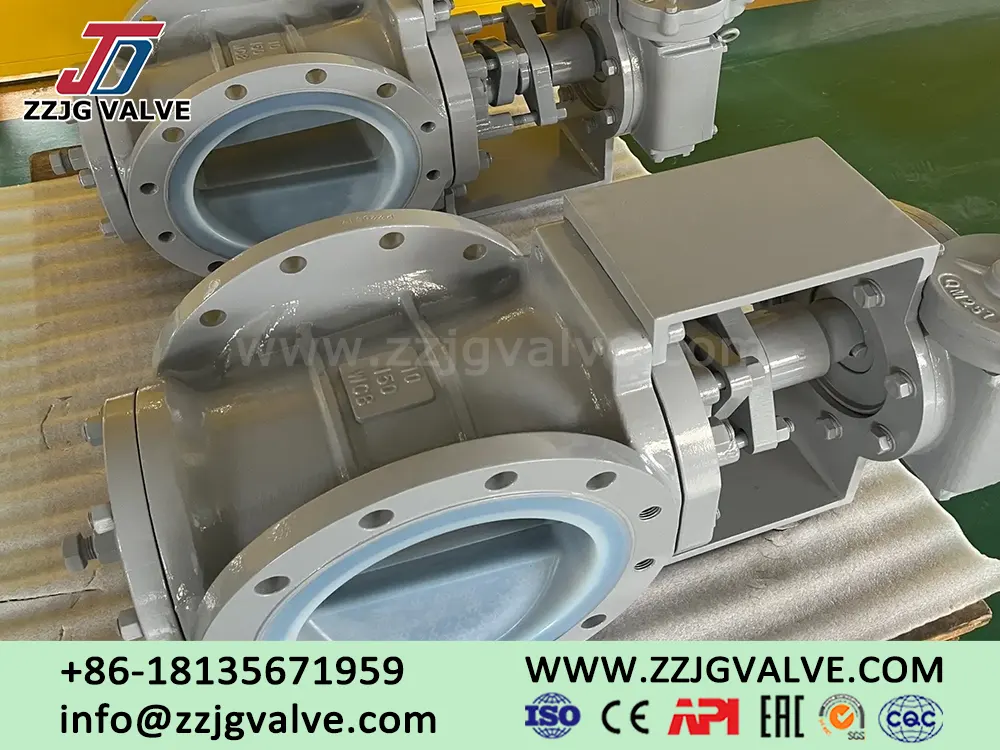
(5) Wear resistance
The soft-sealed plug valve stands out in terms of wear resistance, which is attributed to its self-lubricating bushing and metal protective structure. When dealing with media containing particulate matter, the rotational friction between the bushing and the plug body is very small. Coupled with the protection of metal parts, its service life is very long.
The wear resistance of fluorine-lined válvulas de macho is relatively weak. The fluoroplastic material is relatively soft and is prone to wear or scratches when encountering media containing hard particles. Of course, this problem can be improved by using hard alloy valve cores or adding wear-resistant coatings and other methods.
(6) Degree of ease of operation
The soft-sealed plug valve is very easy to operate, thanks to its self-lubricating bushing, which greatly reduces rotational friction. It can handle both manual operation and frequent on-off situations with ease.
The fluorine-lined plug valve is relatively more difficult to open and close because the friction coefficient of fluoroplastics is relatively high. For large-diameter or high-pressure working conditions, pneumatic or electric actuators are usually required to assist in operation.
(7) Cost Comparison
From the perspective of manufacturing cost, soft-sealed plug valves have a greater price advantage. Its structure is relatively simple, with low material and processing costs, and it offers high cost performance, making it suitable for large-scale use.
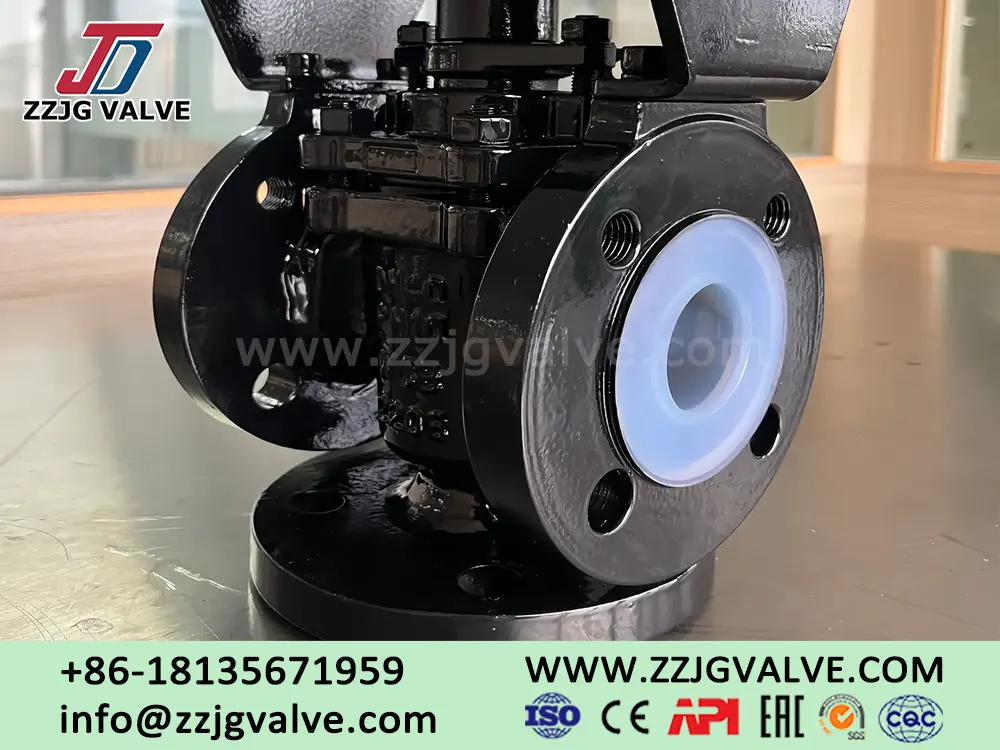
The manufacturing cost of fluorine-lined plug valves is much higher, mainly because the lining material itself is expensive and requires special processing techniques (such as high-temperature molding), and the manufacturing process is also more complex. However, considering its excellent performance under special working conditions and long service life, this investment is often worthwhile.
It is hoped that through the introduction in this article, everyone can better understand these two types of valves and make wiser choices in their work.
Siguiente: Application Comparison: Fluorine-Lined vs. Soft-Sealed Plug Valve





